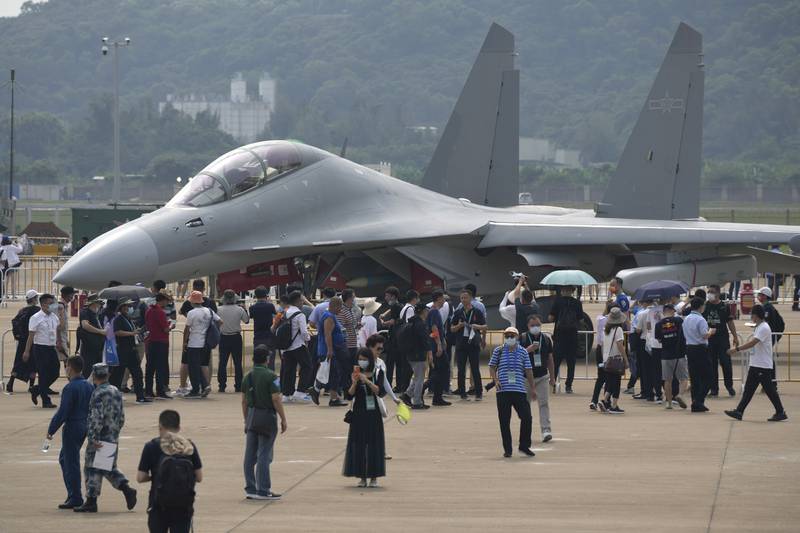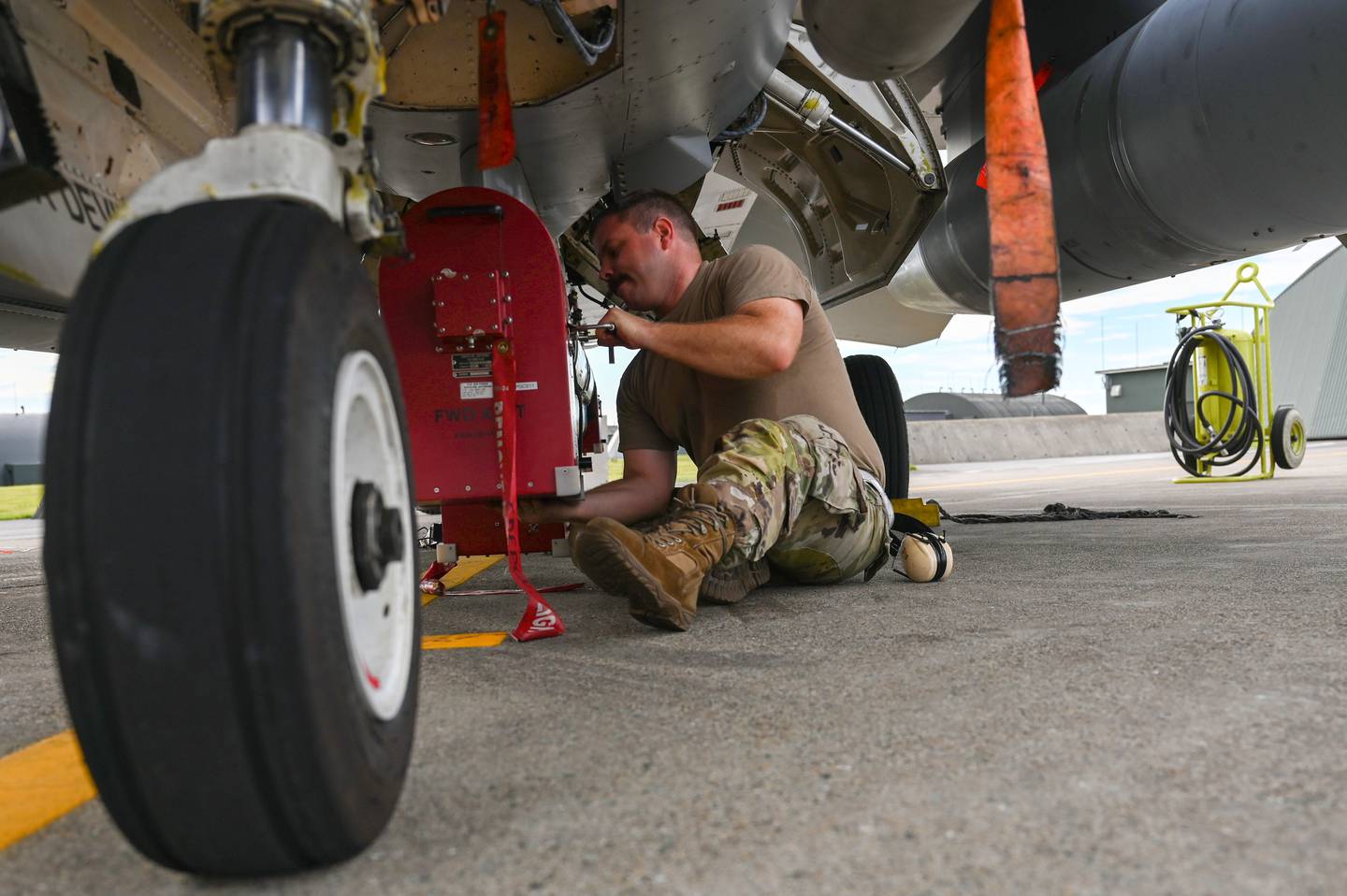WASHINGTON — The U.S. Air Force has activated two detachments at Robins Air Force Base in Georgia dedicated to electronic warfare and its future applications.
The green light, given Oct. 25 at a ceremony inside an aviation museum, marks a step toward the realization of the 950th Spectrum Warfare Group, tasked with assessing the effectiveness of electronic warfare across dozens of aircraft while improving jamming and spoofing capabilities in large military exercises.
RELATED

The nascent group is an outgrowth of the 350th Spectrum Warfare Wing at Eglin Air Force Base in Florida. That wing is staffed by engineers and other specialists that tinker with software and code to counter electronic threats in the field.
“Our enemies right now are looking at developing countermeasures as they shore up their capabilities against us,” Col. Josh Koslov, the wing’s commander, said at the ceremony. “Our team here at Robins will identify what our weak points are, and be able to point us in the direction we need to go.”
The Air Force, like the Army and the Navy, is reinvesting in electronic warfare and the related domination of the electromagnetic spectrum after years of atrophy. Modern militaries rely on the spectrum to communicate, navigate and guide weapons to their targets; the fight over it can make or break wartime success.

Both Russia and China recognize the value of the spectrum and are trying to beef up their associated arsenals. The latter may struggle in fights where spectrum access is fiercely contested, according to a Pentagon assessment released earlier this month.
“I want to emphasize the words of the commander of Air Combat Command, Gen. Mark Kelly, who said if we don’t achieve superiority in the spectrum, then our forces are going to lose, and we’re going to lose fast,” Koslov said.
The 950th Spectrum Warfare Group is expected to be fully established by 2027. But Koslov has nearer-term goals.
The detachments activated at Robins Air Force Base, where a significant avionics footprint already exists, are feeding the effort.
“Standing up these units today gives me the organizational capability to put mission on the table for warfighters,” Koslov said. “We’re depressurizing the administrivia of standing up an organization and allowing them to focus on mission earlier.”
Colin Demarest was a reporter at C4ISRNET, where he covered military networks, cyber and IT. Colin had previously covered the Department of Energy and its National Nuclear Security Administration — namely Cold War cleanup and nuclear weapons development — for a daily newspaper in South Carolina. Colin is also an award-winning photographer.








